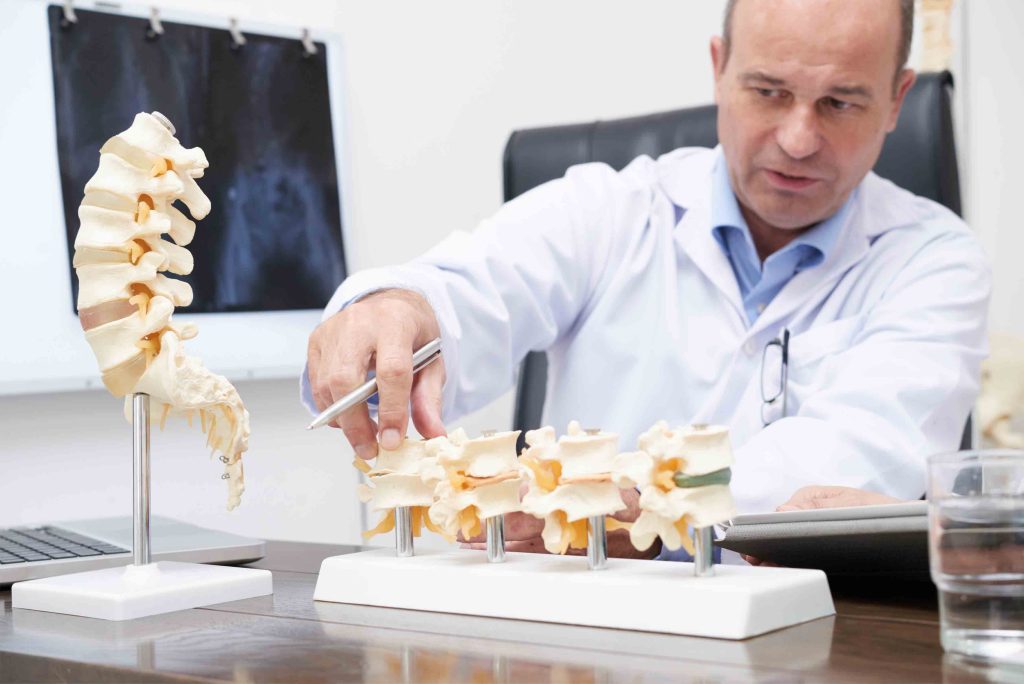Hey there! Have you ever experienced that nagging lower back pain that just won’t seem to go away? You’re not alone! Lumbar spondylosis and spinal stenosis are two common conditions that often go hand in hand, causing discomfort and limiting mobility for many people. But what exactly are these conditions, and how do they relate to each other? Let’s dive in and explore the intricate connection between lumbar spondylosis and spinal stenosis.

What is Lumbar Spondylosis?
Lumbar spondylosis, also known as spinal osteoarthritis, is a degenerative condition that affects the lower back or lumbar spine. Over time, wear and tear on the spinal discs, joints, and ligaments can lead to pain, stiffness, and reduced flexibility in the lower back.
Common Symptoms of Lumbar Spondylosis:
- Chronic lower back pain
- Stiffness and limited range of motion
- Numbness or tingling sensations
- Muscle weakness in the legs
Understanding Spinal Stenosis
Spinal stenosis occurs when the spinal canal narrows, putting pressure on the spinal cord and nerves. This narrowing can result from various factors, including bone spurs, herniated discs, or thickened ligaments. Lumbar spinal stenosis specifically affects the lower back and can exacerbate symptoms of lumbar spondylosis.
Common Symptoms of Spinal Stenosis:
- Radiating pain or numbness in the legs
- Difficulty walking or standing for long periods
- Weakness in the legs or feet
- Bowel or bladder dysfunction in severe cases
The Connection Between Lumbar Spondylosis and Spinal Stenosis
So, how are these two conditions related? Lumbar spondylosis often contributes to the development of spinal stenosis. As the spinal discs degenerate and the vertebrae become misaligned, the spinal canal can narrow, leading to stenosis. Additionally, bone spurs that form as a result of spondylosis can further compress the spinal cord and nerves, exacerbating symptoms of stenosis.
Managing Lumbar Spondylosis and Spinal Stenosis
While lumbar spondylosis and spinal stenosis can be challenging to manage, there are various treatment options available to alleviate symptoms and improve quality of life. Here are some effective strategies for managing these conditions:
1. Physical Therapy: Targeted exercises and stretches can help improve flexibility, strengthen the core muscles, and alleviate pressure on the spine.
2. Medication: Over-the-counter or prescription medications may help reduce pain and inflammation associated with lumbar spondylosis and spinal stenosis.
3. Injections: Corticosteroid injections can provide temporary relief by reducing inflammation around the affected nerves.
4. Lifestyle Modifications: Maintaining a healthy weight, practicing good posture, and avoiding activities that exacerbate symptoms can help prevent further deterioration of the spine.
5. Surgery: In severe cases where conservative treatments fail to provide relief, surgical intervention may be necessary to decompress the spinal cord and nerves.
Conclusion
Lumbar spondylosis and spinal stenosis are complex conditions that can significantly impact your daily life. By understanding the connection between these two conditions and implementing appropriate treatment strategies, you can effectively manage symptoms and maintain a healthy, active lifestyle. Remember to consult with a healthcare professional for personalized guidance and treatment recommendations tailored to your specific needs.